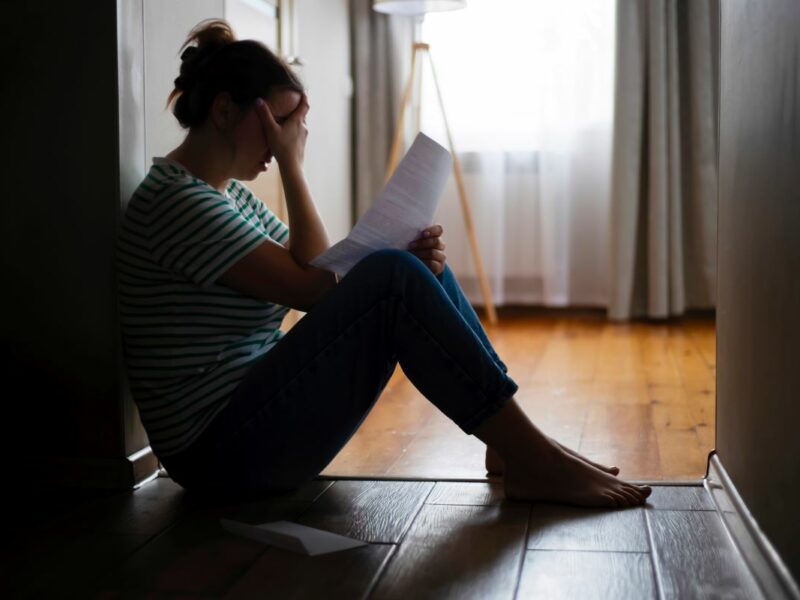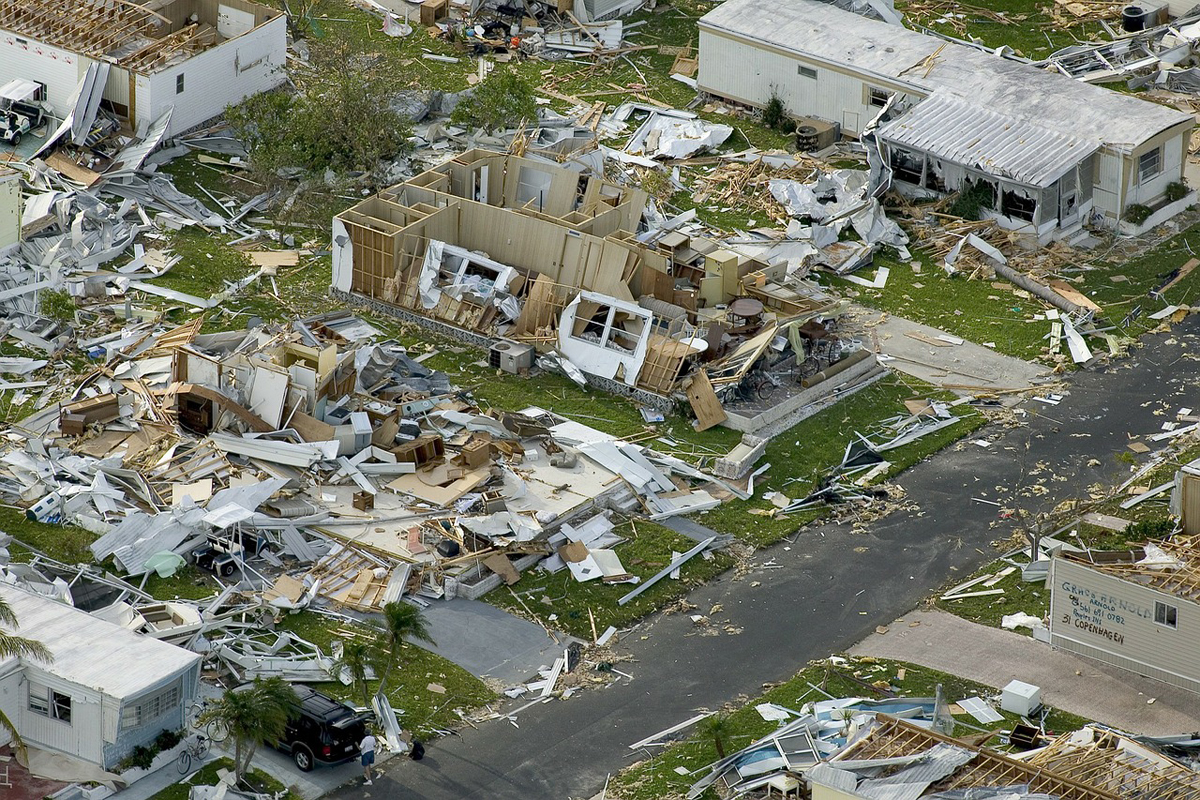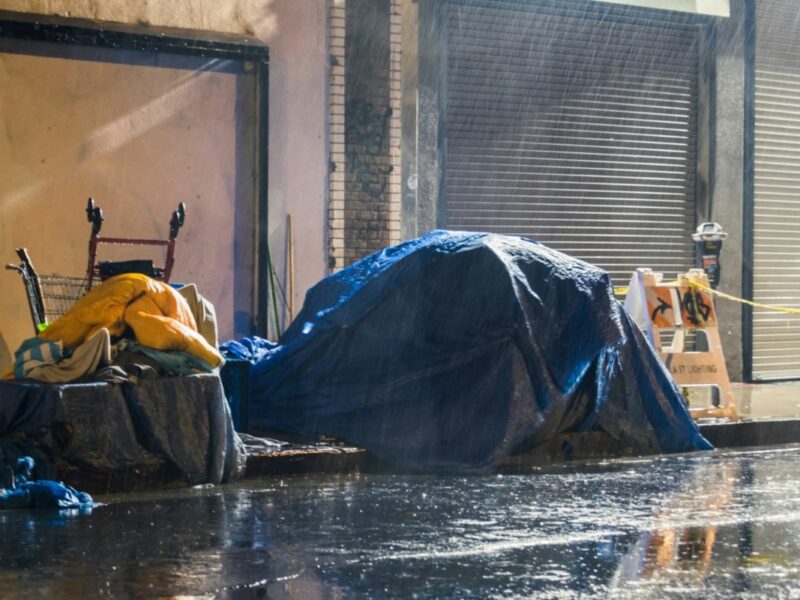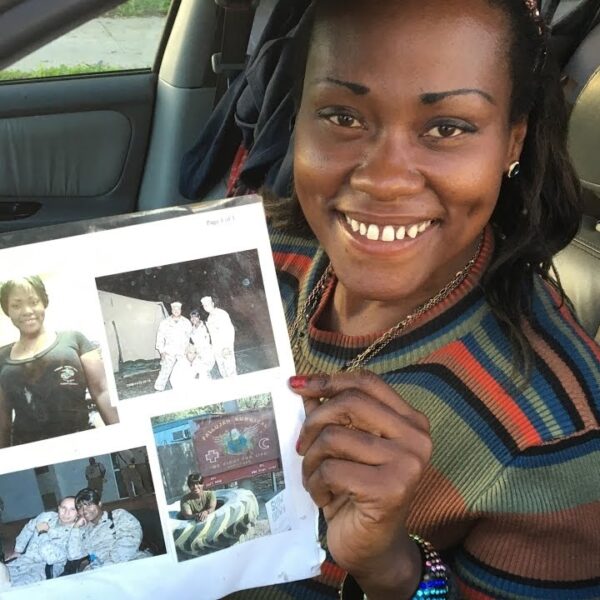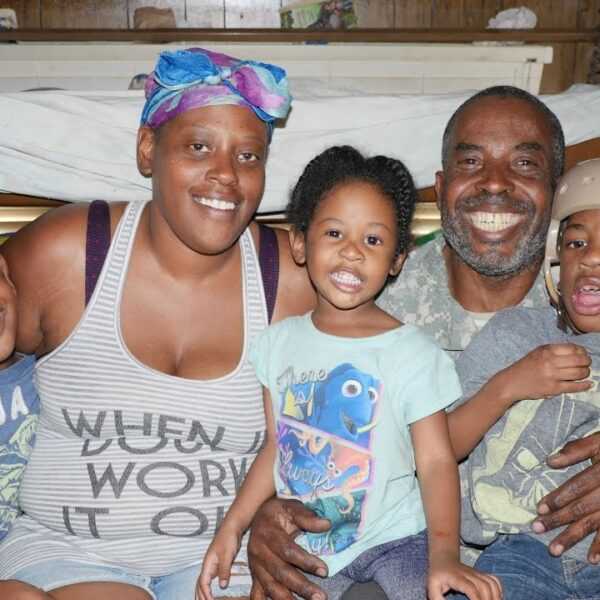Eyes on the Storm: An In-depth Look at the Devastating Aftereffects of a Natural Disaster
185 MPH winds stirred the coastlines of the Bahamas, the Southeastern United States, and Atlantic Canada between August 28th and September 8th during what is now considered the worst natural disaster in the history of the Bahamas and an extremely devastating blow across the globe. Horrific consequences of the Category 5 storm dubbed Hurricane Dorian include:
- Ancient bombs from wars gone by buried in the sand of the Outer Banks including two cannonballs from the Civil War
- An ever-escalating death-toll with many people missing
- Buildings and bomb-proof shelters leveled to the ground
- Tens of thousands of houses destroyed
- People swarming the shores with nothing, no one, and no safe place to go
These warzone-like circumstances are common in the aftermath of storms of this caliber.
Amid fatalities and catastrophic infrastructure collapses, many survivors now face the reality of being homeless. At the same time, people who are already homeless scramble to find shelter and avoid inescapable injury or death.
Their stories are of equal importance. There is a human component in the shadow of every natural disaster. For each discarded brick or dilapidated entryway represents a family, person, or pet that no longer has a safe place to call their home.
Homelessness as it Relates to Hurricanes
Even at the surface, the devastating aftereffects of Hurricane Dorian are quite clear. We already know of at least 70,000 people left homeless in the Bahamas as a direct result of Hurricane Dorian. On Little Abaco Island, 60% of the houses were ravaged, left in a completely uninhabitable state. Power outages plagued Canada, with Nova Scotia alone boasting over 400,000 incidents of no power.
In addition to this surface destruction, other aspects of homelessness must also be considered. For example, across the coast of the United States, upwards from 12,000 people were ushered into evacuation shelters. Bahamians are still evacuating now, with the brunt of the storm over, they seek refuge in places like Florida and Nassau. Evacuation is an expense many cannot afford. As such it forces many to ride out dangerous weather while driving others who were more financially stable into poverty.
Another factor at play is the rise in unemployment.
In addition to the 70,000 plus already displaced, thousands more have been left unemployed, and unemployment remains a leading cause of homelessness. When you take into account evacuation, loss of savings, loss of loved ones, and general unemployment (all of which can lead to homelessness), it becomes clear that the number of survivors facing homelessness is now well over 70,000 people.
People who are displaced as the result of a natural disaster are statistically proven to have fewer resources than all other people who wind up with no place to live. Some of the key obstacles they face include:
- Destruction of local outdoor spaces. Unsheltered homeless people in cities are often seen huddled on crowded streets, in alleyways, parking lots, etc. This is not a viable or safe alternative to actual housing. However, in a disaster scenario, even these spaces are unavailable due to the hurricane’s path of destruction. This leaves individuals displaced by hurricanes with absolutely no place to go.
- Destruction of important buildings. Homeless people victimized by natural disasters are likely to find little or no support from social services due to the fact those buildings too, have been damaged beyond repair. This means a lack of public hospitals, schools, firehouses, etc.
- Destruction of important documents. When important buildings are leveled, important documents can get lost in the shuffle. That makes it much more difficult to prove citizenship, work status, student status, and more. The simple task of showing photo identification can prove near impossible for those displaced by hurricanes.
Chronic blackouts. Even those who manage to find shelter are likely to lose electricity in rolling chronic blackouts, making everyday life burdensome. - Outbreaks of disease. The warzone-like conditions become a breeding ground for medical conditions in a place where hospitals and medications are also scarce.
How Hurricanes Hurt People Who Are Already Homeless
It is true natural disasters can cause displacement. But many overlook the way these storms impact the lives of people already struggling without shelter. As Hurricane Dorian loomed over Central Florida, one Orlando community pulled together to temporarily house a homeless encampment holding over 90 adults and children.
In nearby West Palm Beach, unsheltered citizens were offered temporary housing but lacked the transportation required to relocate. In a bitter twist of irony, many of the homeless people struggling to find shelter from the storm found themselves homeless as a result of a previous storm. The psychological impact of such a scenario is beyond compare.
President Trump, Who Recently Endorsed Himself as a Beacon for the Homeless Crisis, Now Blatantly Refuses Aid to Homeless Climate Refugees from the Bahamas
It seems as if ever since Pres. Trump became aware of the homeless crisis, his efforts to criminalize the homeless population knows no bounds. Following his disappointing proposal to force California’s homeless people into “government-sanctioned housing” a bleak sounding catchphrase that, in the past, has come to mean internment camps, he has now made the executive decision to deny temporary protected status to Bahamian climate refugees. He has even gone so far as to claim they might be “gang members.” Opposition rises as a Florida-bound ferry carrying 1,500 climate refugees is turned away.
In the after-effects of the most recent hurricane, new and terrifying truths have washed up on the shores of the United States and all across the globe. With two months left of hurricane season and devastating displacement statistics already accrued, it’s high time we did more to help those who need it most.
It All Comes Back to Affordable Housing
The affordable housing crisis serves to exacerbate emergency weather situations by burdening overcrowded homeless shelters with even more homeless people. A recent study proved low-income renters are more likely to be displaced by natural disasters due to the poor construction and/or location of these affordable homes. The destruction of homes increases the demand for affordability while housing prices rise to epic proportions.
Get involved in the conversation. Let your local and national representatives know that you advocate for climate refugees seeking shelter from the storm.
Photo courtesy of Pixabay






